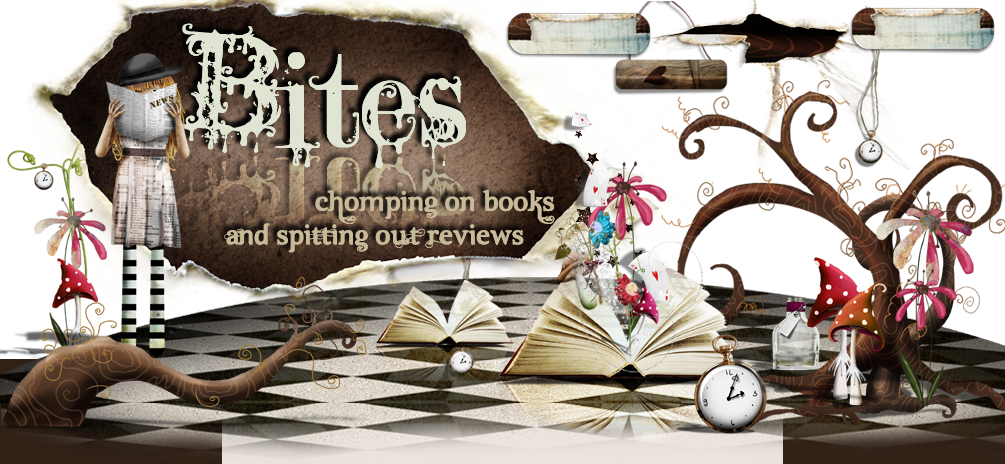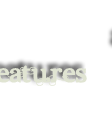
So begins my week featuring the awesomely epic imprint, Carolrhoda Lab! I first stumbled upon Carolrhoda Lab two years ago through a well-placed advertisement on the Publisher's Weekly site. The imprint was but a mere infant then, relatively unknown but damn I loved their font. Kinda creepy and since I'm a touch on the morbid side, I gravitated. They gladly sent me some of their titles and thus began my love of not only Carolrhoda Lab but Ilsa Bick (DRAW THE DARK), Blythe Woolston (THE FREAK OBSERVER) and Steve Brezenoff (THE ABSOLUTE VALUE OF -1).
Carolrhoda Lab and it's authors have never ceased to amaze me with the unabashedly amazing stuff they put out. They're stories that hit you in places no other book can and they're continuously good. Carolrhoda Lab, and its editorial director Andrew Karre, has so successfully carved out a niche that, really, he (and they) should be bowed to. Andrew has his finger on the pulse of exactly what it is he's looking for and he snatches it up every time. I've reviewed nearly every title on the CL list and they're all mind-blowingly phenomenal. How Andrew manages to hit them out of the park every time is most likely a secret he's keeping closely guarded. As long as he keeps going what he's doing, I'm okay with that.
From here I hand over the reigns to him so he can wax scientific about just what Carolrhoda Lab is all about. I hope this little event on my little blog opens up the world of Carolrhoda Lab to more people and helps get the word out about these awesome books even more. All this week look for CL reviews, an awesome giveaway and another awesome guest post from Elizabeth Dingmann, publicist extraordinaire!
Carolrhoda Lab is two experiments at once, as far as I’m concerned. On the individual book level, it has been my goal from day one to create editorial spaces where the author and I can test the fundamental YA hypothesis: this is a book that will appeal to people who are interested in the teenage condition (notice that the fundamental YA hypothesis is not “this book is for teens”). Our testing instruments are questions like how does the book fit into (or, better still, disrupt) the world of teen fiction as we know it now? What part will this book play in the larger drama that is contemporary adolescence? What light does this shed on the teenage experience? And so on. Under this kind of testing, there are really only two unacceptable indicators and they involve phrases like “reading level” and “teen-appropriate subject matter.” Not only do I believe these issues are irrelevant to young adult fiction, but I find them deeply boring (and they smell bad if you leave them open in the lab too long). Aside from that bit of unabashed subjectivity, we are very scientifically rigorous. Like any good lab, we are always retesting our assumptions with each new specimen. I’m very fortunate to have fearless experimenters like Steve Brezenoff and Blythe Woolston and tinkerers like Ashley Hope Pérez and R.J. Anderson who like to mix combustibles.
 The second, larger experiment takes place on the imprint level, and the hypothesis in that case is that an imprint can forge a coherent identity based on no more than a commitment to exploring every nook and cranny of teenage existence, one book at a time—even if this leads to books that are superficially wildly different. I take the “lab” in our name very seriously on a personal level. I am disposed to approaching YA as a genre, and I’ve thought that way ever since I helped launch Flux in my previous editorial incarnation. However, Lab means I have to test that hypothesis too, and I’m as proud to have published books that challenge that hypothesis (Vaunda Micheaux Nelson’s No Crystal Stair is a perfect example) as I am to have published books that affirm it (like Ilsa J. Bick’s Drowning Instinct). You might say that the only unacceptable indicators in this experiment are repetition and thoughtless trend following. This is an ongoing experiment, but data is trending in a good direction.
The second, larger experiment takes place on the imprint level, and the hypothesis in that case is that an imprint can forge a coherent identity based on no more than a commitment to exploring every nook and cranny of teenage existence, one book at a time—even if this leads to books that are superficially wildly different. I take the “lab” in our name very seriously on a personal level. I am disposed to approaching YA as a genre, and I’ve thought that way ever since I helped launch Flux in my previous editorial incarnation. However, Lab means I have to test that hypothesis too, and I’m as proud to have published books that challenge that hypothesis (Vaunda Micheaux Nelson’s No Crystal Stair is a perfect example) as I am to have published books that affirm it (like Ilsa J. Bick’s Drowning Instinct). You might say that the only unacceptable indicators in this experiment are repetition and thoughtless trend following. This is an ongoing experiment, but data is trending in a good direction.These are the things we think about when we think about Carolrhoda Lab books (we also think about things like trim size, dot gain, epub3, the serial comma, the viability of the second person, whether we could ever publish a vampire novel, book trailers, Facebook, what the hell is Pinterest, etc. but I won’t bore you). In the end, though, it’s probably all beside the point for readers. The process is a curiosity. The “science” is, I hope, in service of the stories, and we want those to last.
Thanks, Andrew! Be sure to follow Andrew Karre on Twitter!










